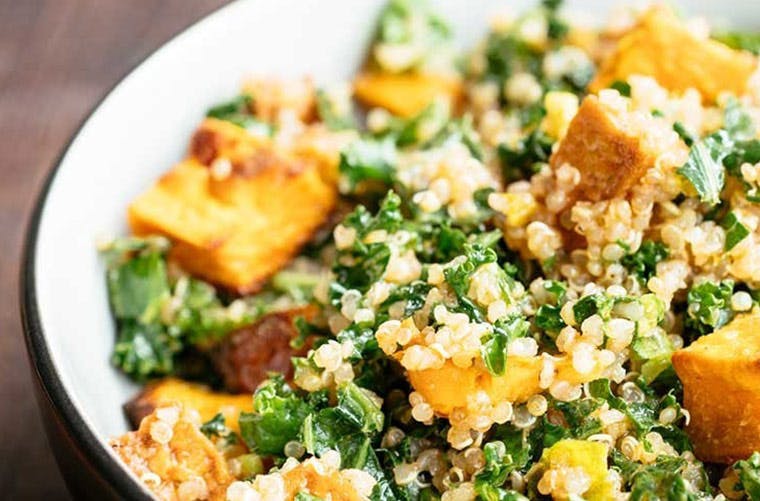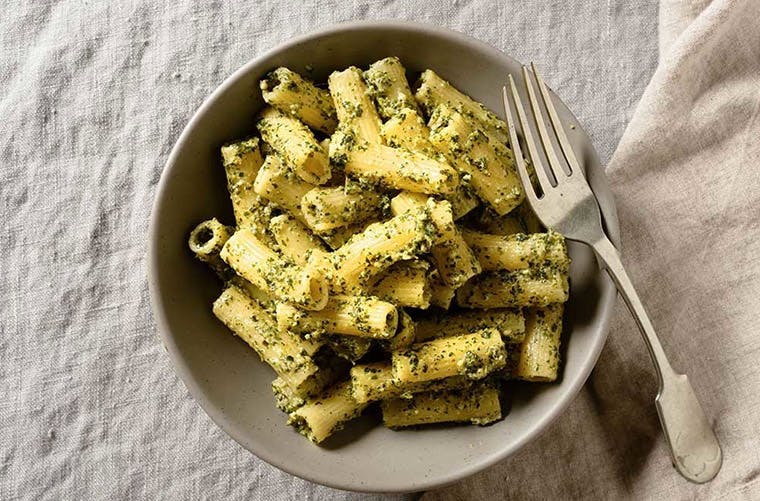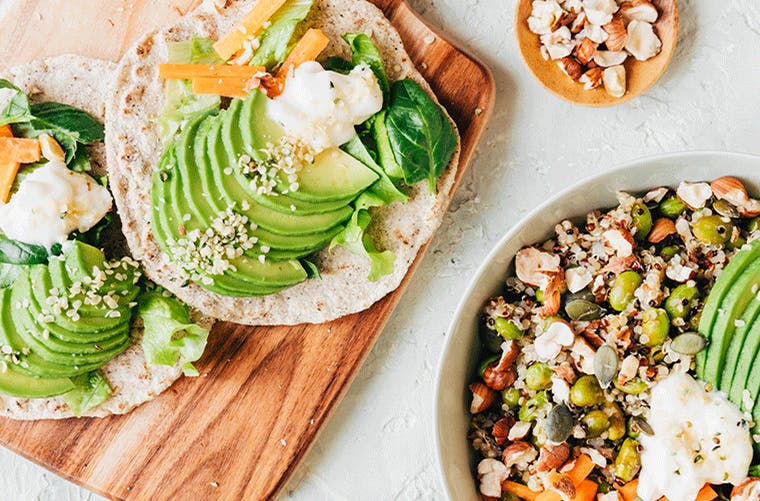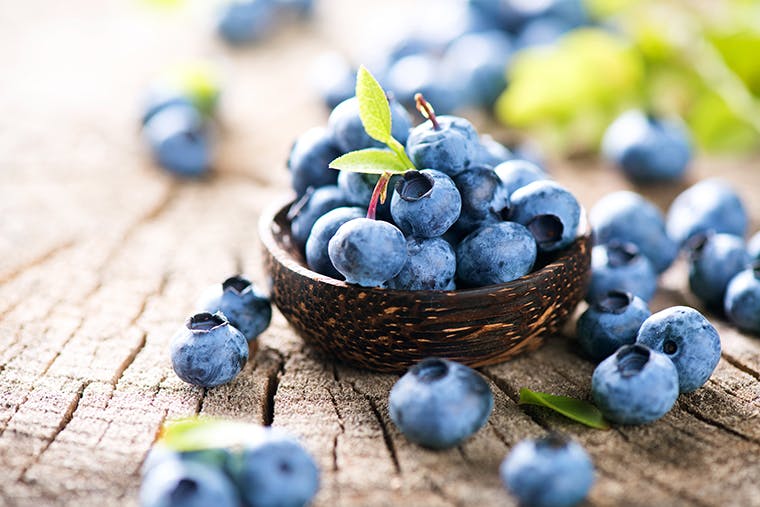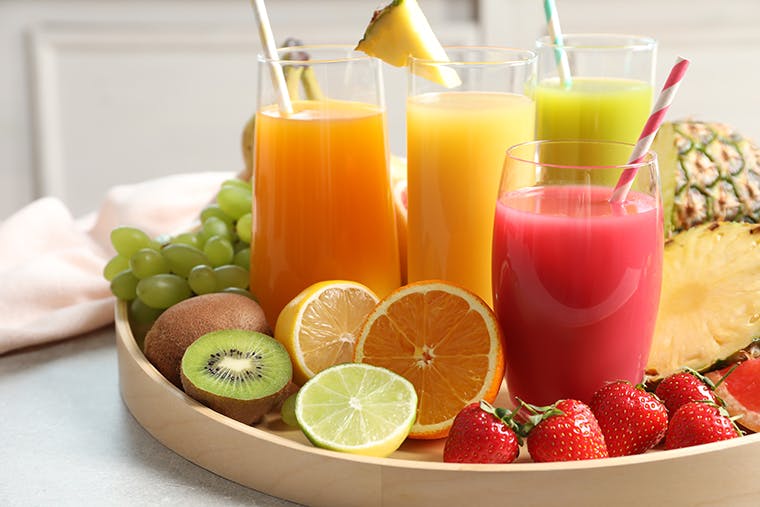What Foods are High in Vitamin A?
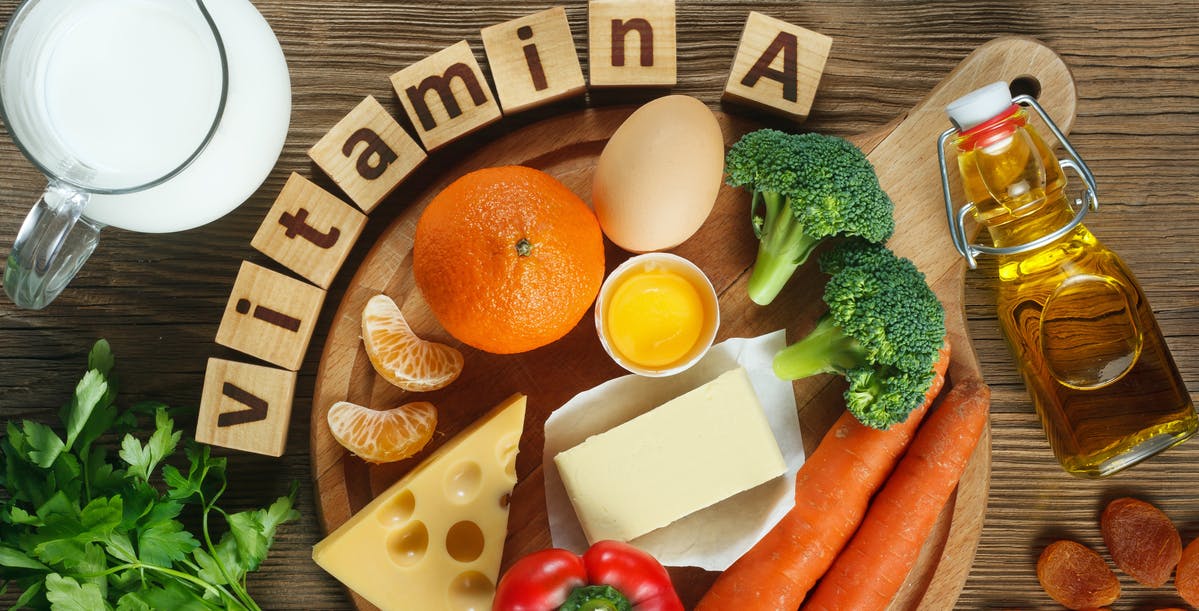
If you’re trying to eat healthy, it can be tricky to remember which foods are best for certain vitamins. Refer to this guide to learn what vitamin A does for your body and where to find it in certain foods.
What is Vitamin A?
Vitamin A is a fat-soluble vitamin that’s stored in the liver and plays a role in your vision, reproductive system, overall growth and development, and immune system.1,2
Vitamin A may be obtained from two different sources.1 The first, preformed vitamin A, naturally occurs in a wide range of foods.1 The second, provitamin A carotenoids, are also found as the pigments that give certain fruits and vegetables their yellow, dark green, orange colors. These are converted into vitamin A by your body.1 The most common provitamin A carotenoid is beta-carotene, an antioxidant that protects the body from free radicals.1,2 This vitamin is also available as a dietary supplement, most often in the form of retinyl acetate or retinyl palmitate.2
What Does Vitamin A Do?
Vitamin A has many functions within the body. It supports eye and vision health, immune function and growth development.3
One study analyzed a diet designed to prevent cognitive decline in at-risk participants.3 It found that higher levels of alpha-carotene (a form of vitamin A) in the blood correlated with improved memory, learning and attention.3 Foods that contributed to these higher levels of alpha-carotene included leafy green vegetables, fruits and orange vegetables.3
What Foods Have Vitamin A?
Vitamin A is naturally occurring in a wide variety of foods and is frequently added to other sources such as cereals and dairy products.1,3 Here are some common foods you can add to your diet if you’re looking to add more vitamin A to your diet:1,2,3
- Tomatoes and red bell peppers
- Mango and cantaloupe
- Organ meats like beef liver
- Carrots, sweet potatoes, pumpkin, winter and summer squashes
- Certain fishes like salmon and herring, cod fish oil
- Eggs
- Dark green leafy vegetables like spinach, kale and broccoli
A good rule of thumb is that the brighter or deeper the color of a fruit or vegetable, the more carotenoids it contains, which your body can convert into vitamin A.2 Your body will be able to absorb this vitamin more efficiently if you happen to eat these fruits and vegetables with a small amount of fat, like tossing them in oil, dipping them in dressing or topping them with a small amount of butter.2
Eating a balanced diet that’s rich in fruits and vegetables can help ensure you get the vitamins and minerals your body needs every day—but that’s not all you can do to support your health. Exercise can affect your immune system, so getting your heart rate up is good for more than just your cardiovascular system!
Starting your day with healthy habits can make a big impact, too. While it doesn’t contain vitamin A, taking an Emergen-C product daily can help ensure you’re getting antioxidants, B vitamins and high potency vitamin C to better support your immune system and overall health.
SOURCES
1. Vitamin A and Carotenoids. National Institutes of Health. https://ods.od.nih.gov/factsheets/VitaminA-Consumer/. Accessed 10/16/23.
2. Vitamin A. Medline Plus. https://medlineplus.gov/ency/article/002400.htm. Accessed 10/16/23.
3. The Nutrition Source: Vitamin A. Harvard School of Public Health. https://www.hsph.harvard.edu/nutritionsource/vitamin-a/. Accessed 10/6/23.





